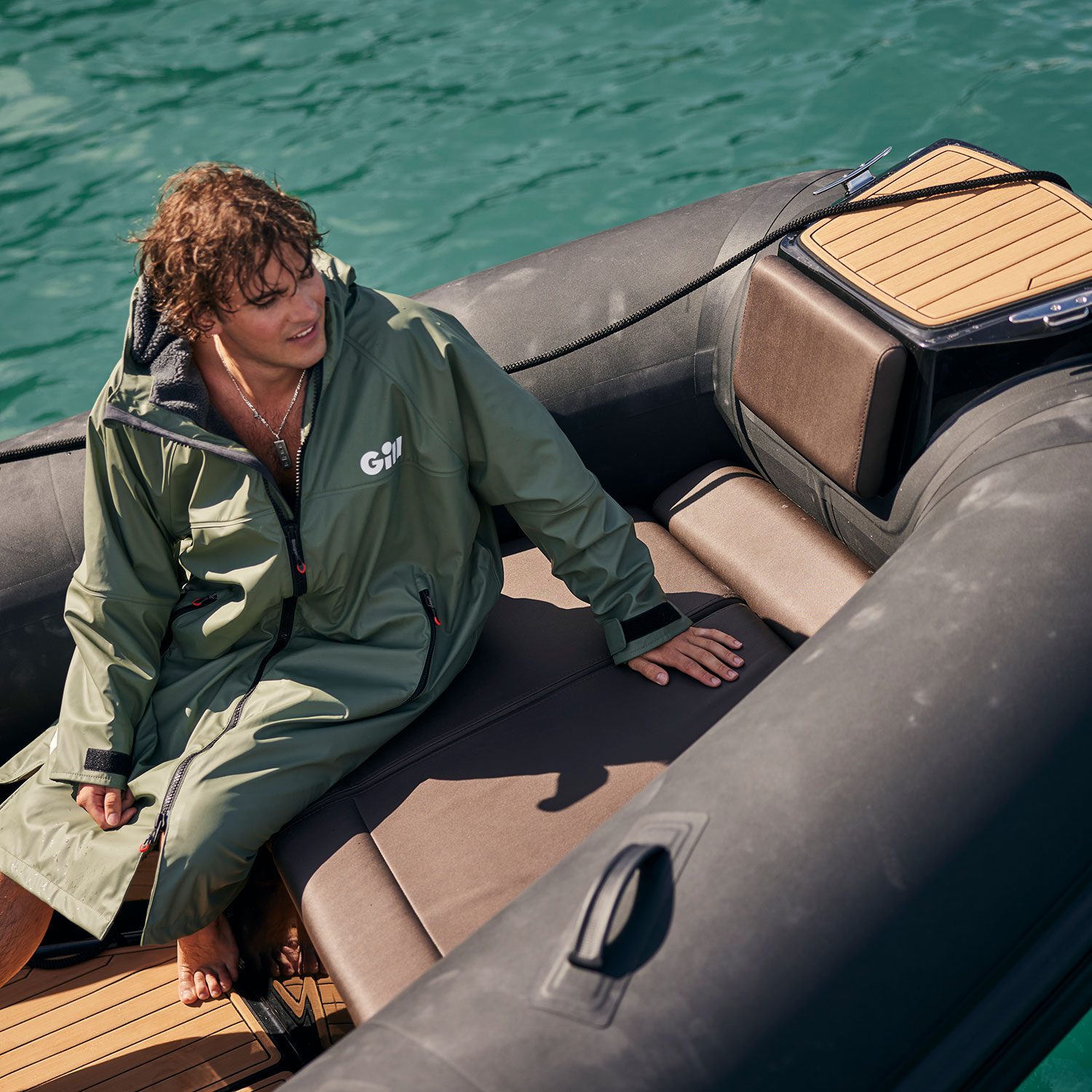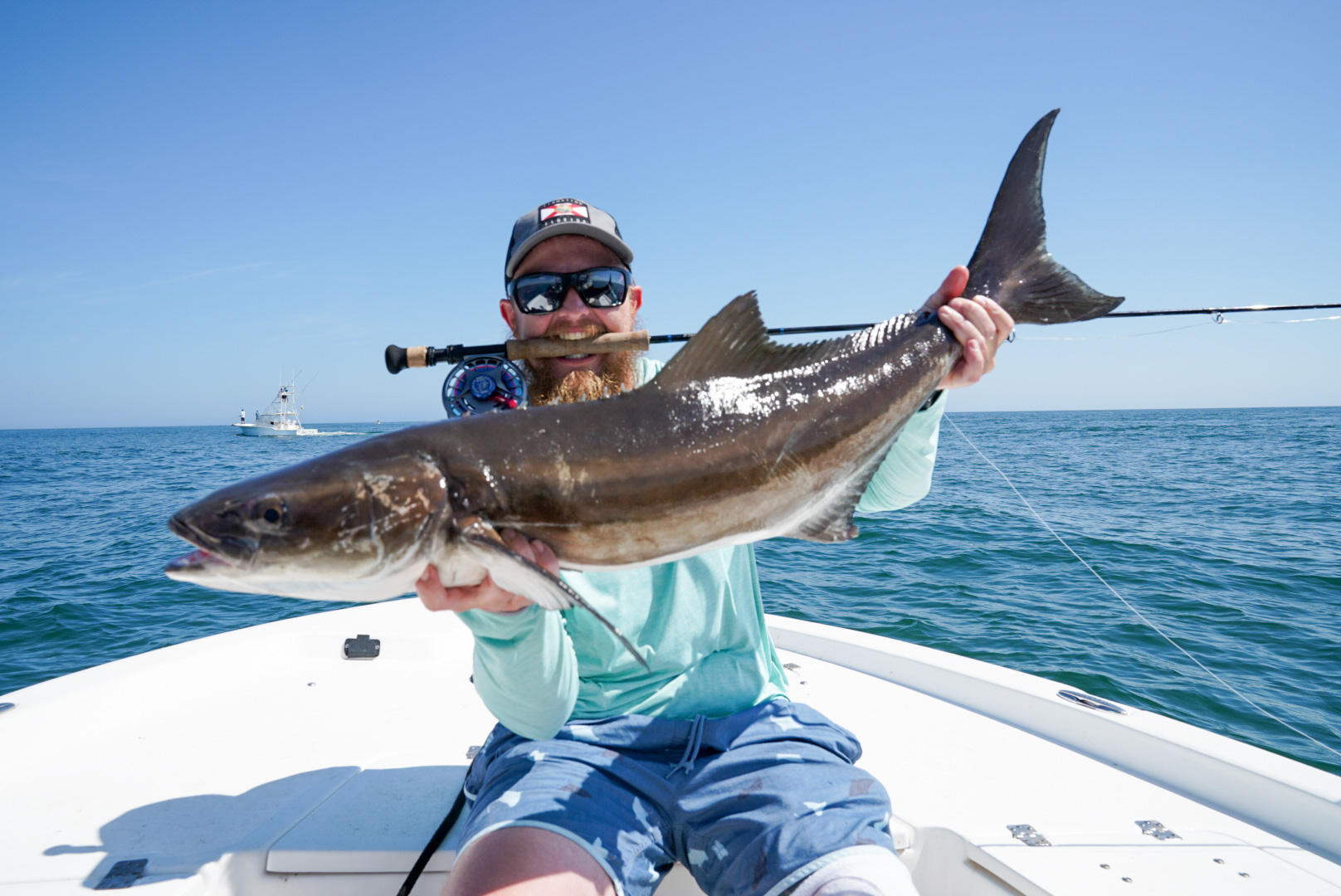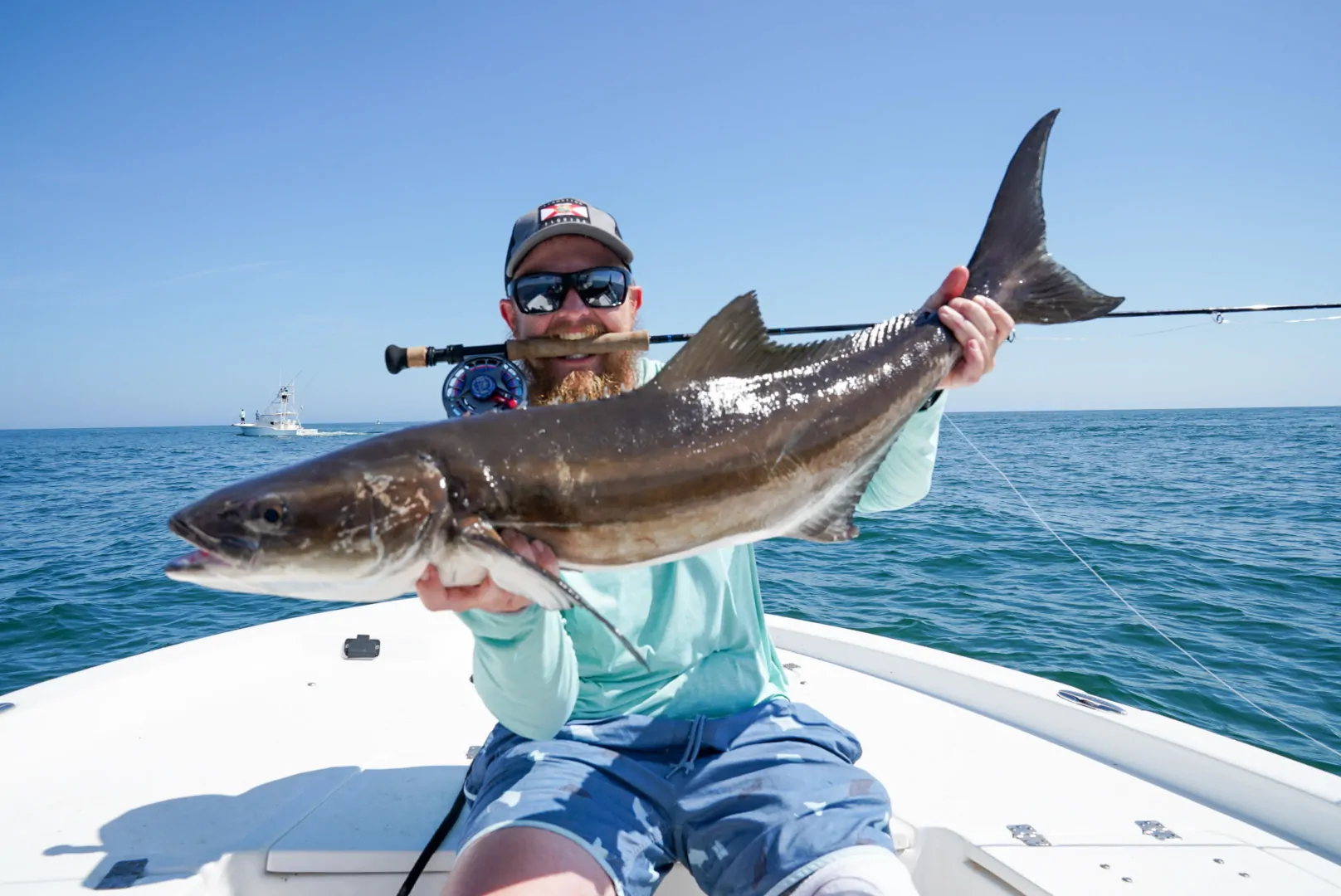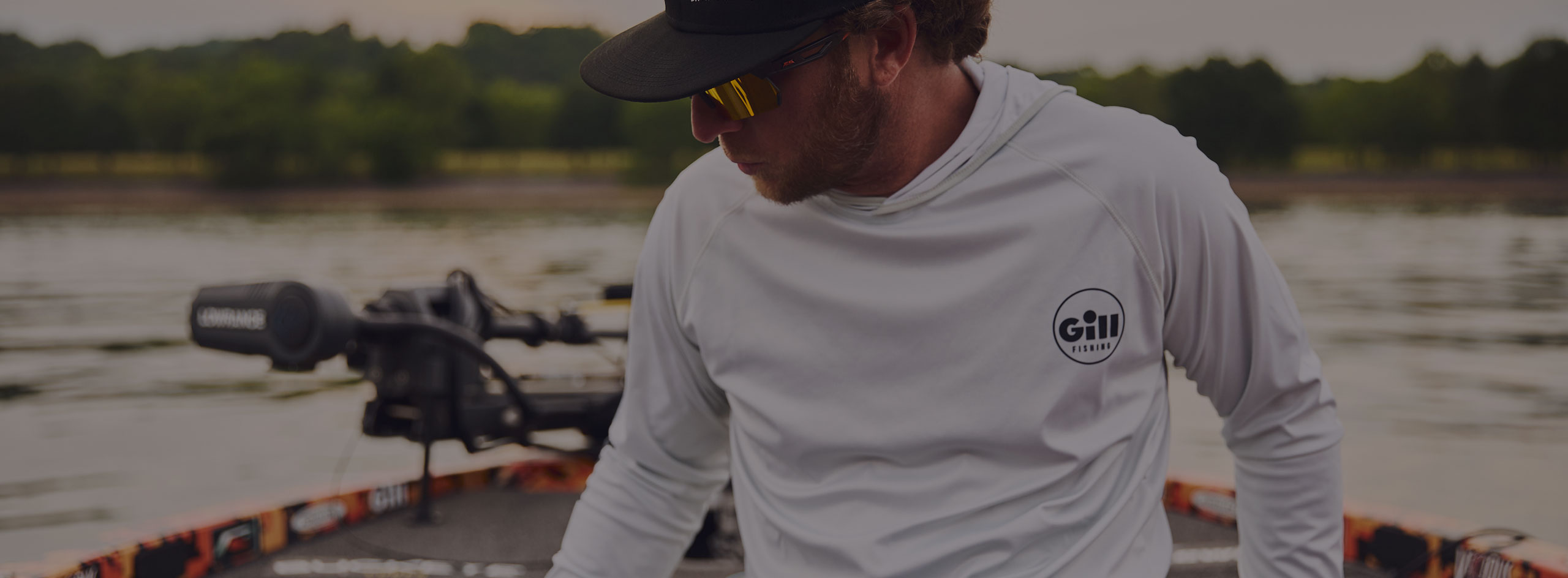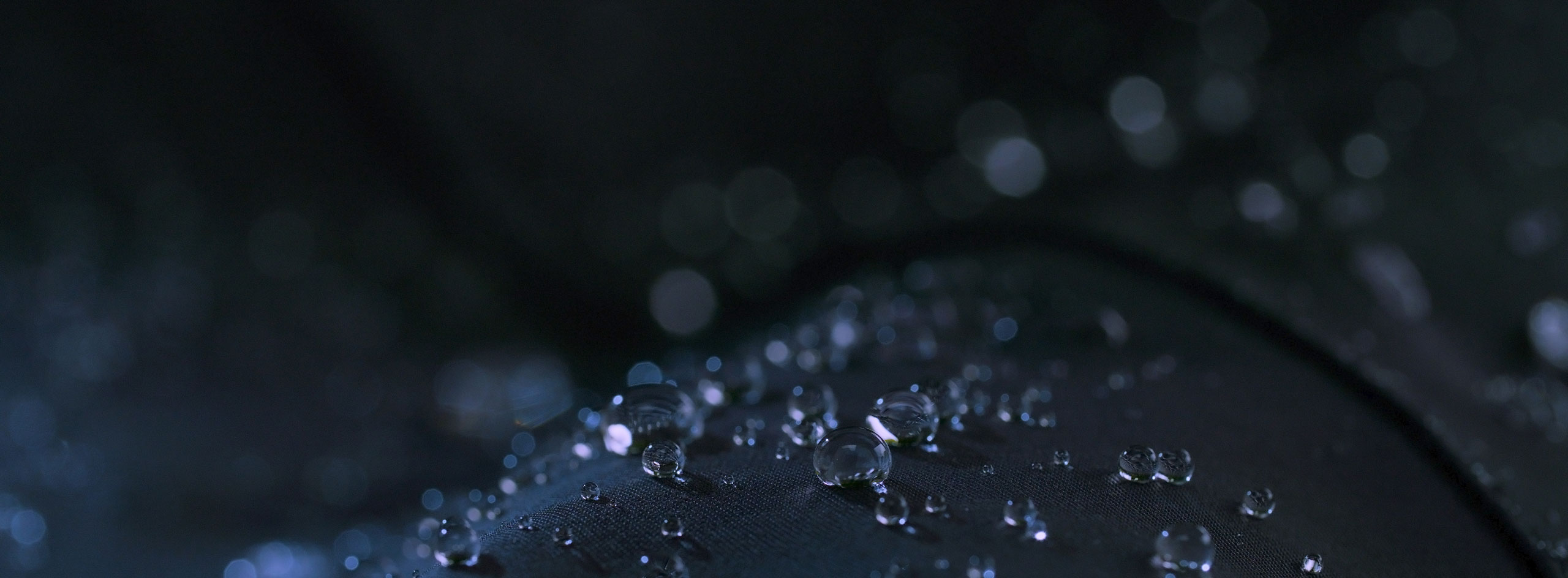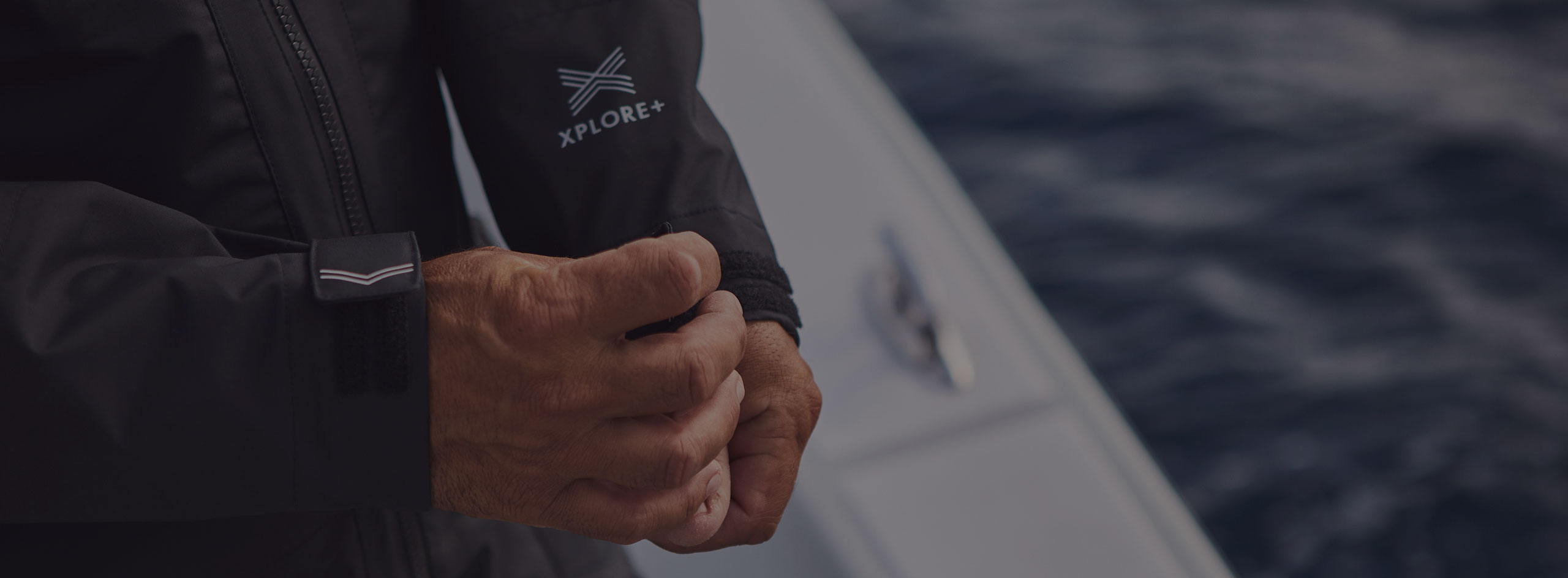Photo credit: Capt.
Chris Shultz Capt. Chris Shultz, a Jacksonville, Florida-based fishing guide, spends most of his spring chasing cobia. He brought 70 fish to the boat during last spring’s migration.
Learn how to effectively target cobia during their spring migration, as well as new information researchers are uncovering about their travel patterns.
Every spring along the coasts of the Southeast Atlantic and Gulf of Mexico, a hardcore subculture of anglers will drop everything — on and off the water — to chase cobia off the beach during their annual northerly migration. It’s a highly visual, action-packed type of fishing that’s an obsession for many anglers.
While cobia can be found on offshore wrecks, a population of these big brown fish migrate north just off the coast alongside giant manta rays, starting their journey in south Florida and traveling as far as Texas in the Gulf and the Chesapeake Bay in the Atlantic. Thanks to a growing body of research utilizing acoustic tracking devices, researchers are discovering new information about cobia migration and just how far some of these fish travel.
When fishing for cobia off the beach, finding fish is usually a matter of finding the rays, which often reveal their positions by jumping into the air. Anglers fish right next to the rays, sight casting to cobia swimming above or below their giant wings. To get a better sense of the sport’s appeal, imagine a 50-pound fish inhaling a bait at the surface within feet of your boat before making a blistering, drag-peeling run into the deep. Or cutting into a thick, firm fillet of fresh fish that was grilled over coals or seared in butter.
Cobia fishing wouldn’t be fun if it was easy. Consistently catching cobia requires expertise, persistence and a bit of luck. Anglers have a narrow window to target cobia in their local waters before the fish move past them, and they need perfect conditions — lots of light and slick, calm waters — to effectively target them.
Cobia command a cult following, and the race to catch them is cut-throat competition. Cobia-lust will tempt anglers to abandon common etiquette and crowd other boats already working fish. Savvy anglers closely guard fresh intel and share it with only their closest friends, if at all.
When it comes to cobia obsession, Capt. Chris Shultz is as hopeless as they come. The Jacksonville, Florida-based fishing guide dedicates his spring solely to chasing cobia. He’ll tow his boat across Florida and fish as long as 12 hours a day. His hard work pays off: last season, he caught 70 fish during the spring migration.
“Cobia are a hard-fighting fish that will test the patience of any angler and hook a few with an addiction to their pursuit,” said Shultz, who targets them with both spinning and fly-fishing tackle. “The long days spent looking for the manta rays they swim with make the minutes of catching fish rewarding. Brief windows of excitement fuel the drive to look for another hour, wait out the next patch of clouds, or run more rip line, just hoping to see a ray with the brown bombers riding its wing.”
Capt. Chris Shultz
Water temperature is everything
Cobia prefer a certain water temperature, which ranges between roughly 68 and 75 degrees. As coastal waters begin to warm during the spring, cobia will travel north to remain in this magic zone until they arrive to their breeding grounds.
“The magic zone really happens in the low 70s. You’ll start seeing fish in 67-to-68-degree water, but it won’t be that often,” said Shultz. “The closer you get to 70 degrees, the more fish you see. Seventy-two and 73 degrees is the peak, and you won’t see many fish once the water gets warmer than 75 degrees.”
Capt. Chris Shultz
Weather is also crucial
Cobia fishing is so addictive because you see everything happen. You spot the rays, choose the fish to target, and watch the eat right next to the boat. The downside is you need perfect conditions to effectively sight fish them, and perfection is hard to come by, especially during springtime in the coastal south.
“If it’s windy and cloudy, don’t even waste your time,” said Shultz. “My biggest piece of advice is choosing your days. You’ve got to have the right conditions. The right day is probably not going to be on the weekend, so be prepared to burn vacation days and blow off plans at the last minute.”
Patience catches fish
Anglers cannot control the weather, but they can choose to practice patience. It may be tempting to give up and target another species after running six hours without seeing a ray or to rush towards a ray after you’ve finally found one, but Shultz said it’s crucial to stay persistent, focused and calm.
“It requires patience to get on the fish, and when you do find that ray with fish, the captain has to put the boat in the right spot,” he said.
Shultz said he’ll position the boat at least 15-to-20 yards away from the ray. The further you can accurately cast, the less likely you’ll spook the ray. Shultz always keeps the sun at the angler’s back to ensure the water is illuminated.
Tackle
Shultz suggests using 8,000-to-10,000-class spinning tackle paired with a 7-to-8-foot rod with a stiff backbone and sensitive tip. While braided line is the modern-day king for nearly all fishing applications, Shultz keeps it old school by spooling his cobia set-ups with monofilament and a minimum 40-pound test fluorocarbon leader.
“Mono saves a lot of tackle,” said Shultz. “When you hook a cobia, the first thing the fish will do is get back on the ray, which has rough, sandpaper skin like a shark. Braided line will chafe and break if it touches it. Mono will simply roll off.”
While big bucktail jigs, typically 2 ounces, paired with a jumbo curly tail are fool-proof bait, Shultz said cobia cannot resist a live bait.
“Use a knocker rig with a live bait, like a pogie, mullet or croaker, and pitch it way ahead of the ray, nowhere close to it, and let it fall all the way to the bottom. If there’s a cobia there, it will follow the bait to the bottom. When the bait hits the bottom, close the bail. If it’s not game-on, there likely wasn’t a fish on that ray.”
Emerging research
Researchers have recently installed acoustic tracking devices at strategic points along the Atlantic and Gulf coasts that detect tagged fish within a certain distance, providing valuable, real-time data about fish patterns.
Cobia have always been divided into two distinct populations: a Gulf group that was believed to reside in the Atlantic south of the Florida/Georgia border and Gulf of Mexico, and an Atlantic subset that lived north of the Florida-Georgia border. While researchers still categorize cobia into these two groups, the acoustic data has revealed that both populations can occur alongside each other as far south as Cape Canaveral, Florida.
“We’ve tagged fish in Cape Canaveral that show up in Louisiana, and we’ve seen fish in St. Augustine, Florida, in the winter that were tagged in the Chesapeake Bay,” said Ron Whittington, a biologist with the Florida Fish and Wildlife Conservation Commission who is involved in the cobia tracking project.
The new data has sparked theories there is a subset of highly nomadic fish that migrate north and south along the beach, while other groups either take residence in specific areas or follow travel routes further offshore. Whittington said satellite tagging data suggests some fish travel north and south along the continental shelf offshore of the Atlantic.
Cobia that travel the near-shore migration routes are heavily fished from Cape Canaveral into the Carolinas, and anecdotal evidence from anglers suggests the population has declined over the years.
“I think the population is healthy down here, but guys who were doing this in the nineties say they’ve seen an astronomical decline over the years,” said Shultz. “It’s crucial to always stay within the limits.”
